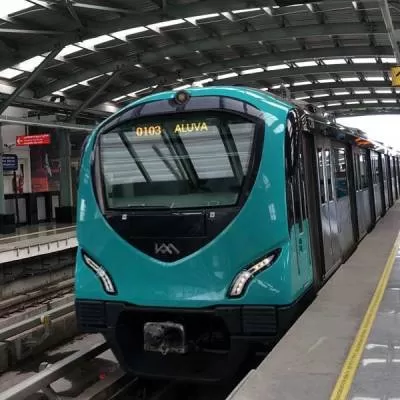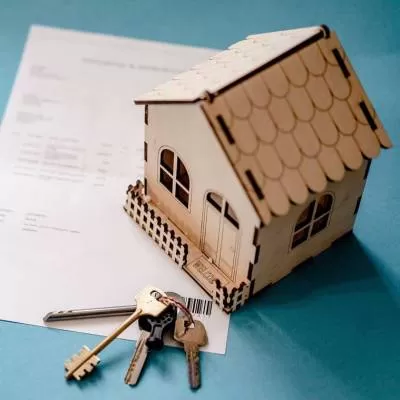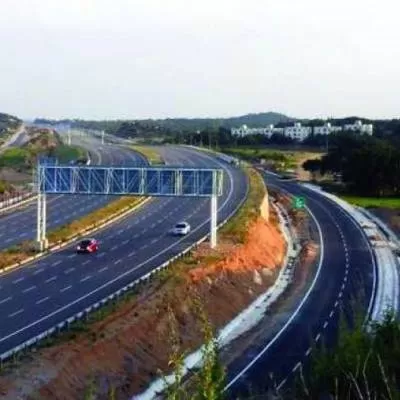- Home
- Technology
- Extra Dosed Bridge Technology
Extra Dosed Bridge Technology
Vinayagamoorthy M, Manager-Technical Support, MIDAS Research and Development Centre India talks on this bridge technology for making bridges.
From 1994 to 2008, over fifty extra dosed bridges have been constructed worldwide, and the preferred proportions and cable arrangements have evolved. The idea of using stay cables to support a bridge has been around for a while, it was first applied during 1800s in England and incorporated with suspension bridges, many of which had failed due to insufficient resistance to wind pressure, unaccountability of secondary effects of the forces, lack of understanding of the mechanics of such bridges, etc. But in the 1900s, several factors contributed to successful implementations like better methods of structural analysis of statically indeterminate structures via computers, development of orthotropic steel decks, high strength steels and new methods of fabrication and erection.
A box girder supports the deck so as to reduce buckling of the deck from high compressions, twisting or torsion, and distributes among the stays non-uniform loads. Cables are made of high-strength steel, usually encased in a plastic or steel covering that is filled with grout, a fine grained form of concrete, for protection against corrosion.
Extra dosed bridge action
Decrease in cable inclination leads to increase in axial load in the deck and decrease in vertical component at cable anchorage points. The function of the extra dosed cables is also to prestress the deck.
H ~ L/15 to L/8
H ~ L/50 to L/30
Maximum cable stresses 0.60 fpu(UTS).
What makes a bridge extra dosed?
Lever arm increases: Tendon placed above deck. Lever arm calculates between the deck and cable.
Distribution of LL: Extra dosed bridge cables makes stiffer girder to distribute the LL to multiple cables. Force distribution is high due to high stiffness on the girder.
Location of cable: High capacity of deck slab in girder can be utilised in (-)ve BM regions over the piers, leading to a more efficient structure than conventional box girder bridge.
Classifications of cable arrangement
Radial: These cables connect evenly throughout the deck, but all converge on the top of the pier.
Harp: These are parallel and evenly spaced along the deck and the pier.
Fan: These are a combination of radial and harp types
Star-shaped: cables are connected to opposite points on the pier.
Types of Extra dosed bridge
Stiff girder extra dosed bridge:
1. Span to depth ratio varies from 30 to 50.
2. The live load is carried through flexural behavior.
3. The stresses in the cables are less.
Stiff pier (tower) extra dosed bridge:
1. Span to depth ratio varies from 100 to 150.
2. The live load is carried by the axial force couple between stays and girder.
3. The stresses in the cables are high.
Simple analysis by using Harp type
The weight of the deck is 60 units, each segment along the deck is 10 units, and the angle of each cable makes with the deck is 30 degree.
Significance: All cables endure the same high tension; axial component along the deck is higher (compared to radial) and causes bending moments in the tower.
Simple analysis by using radial type
The weight of the deck is 60 units, so each segment along the deck is 10 units; the angle each cable makes with the deck is not uniform.
Significance: Cables further along the deck must endure a higher tension than cables closer to the pier; axial component along the deck is minimal (compared to harp); however, cables congest the very top of the pier.
(Communication by the management of the company)
Vinayagamoorthy M, Manager-Technical Support, MIDAS Research and Development Centre India talks on this bridge technology for making bridges. From 1994 to 2008, over fifty extra dosed bridges have been constructed worldwide, and the preferred proportions and cable arrangements have evolved. The idea of using stay cables to support a bridge has been around for a while, it was first applied during 1800s in England and incorporated with suspension bridges, many of which had failed due to insufficient resistance to wind pressure, unaccountability of secondary effects of the forces, lack of understanding of the mechanics of such bridges, etc. But in the 1900s, several factors contributed to successful implementations like better methods of structural analysis of statically indeterminate structures via computers, development of orthotropic steel decks, high strength steels and new methods of fabrication and erection. A box girder supports the deck so as to reduce buckling of the deck from high compressions, twisting or torsion, and distributes among the stays non-uniform loads. Cables are made of high-strength steel, usually encased in a plastic or steel covering that is filled with grout, a fine grained form of concrete, for protection against corrosion. Extra dosed bridge action Decrease in cable inclination leads to increase in axial load in the deck and decrease in vertical component at cable anchorage points. The function of the extra dosed cables is also to prestress the deck. H ~ L/15 to L/8 H ~ L/50 to L/30Maximum cable stresses 0.60 fpu(UTS). What makes a bridge extra dosed?Lever arm increases: Tendon placed above deck. Lever arm calculates between the deck and cable.Distribution of LL: Extra dosed bridge cables makes stiffer girder to distribute the LL to multiple cables. Force distribution is high due to high stiffness on the girder.Location of cable: High capacity of deck slab in girder can be utilised in (-)ve BM regions over the piers, leading to a more efficient structure than conventional box girder bridge. Classifications of cable arrangement Radial: These cables connect evenly throughout the deck, but all converge on the top of the pier.Harp: These are parallel and evenly spaced along the deck and the pier.Fan: These are a combination of radial and harp types Star-shaped: cables are connected to opposite points on the pier. Types of Extra dosed bridge Stiff girder extra dosed bridge: 1. Span to depth ratio varies from 30 to 50.2. The live load is carried through flexural behavior.3. The stresses in the cables are less. Stiff pier (tower) extra dosed bridge: 1. Span to depth ratio varies from 100 to 150.2. The live load is carried by the axial force couple between stays and girder.3. The stresses in the cables are high. Simple analysis by using Harp type The weight of the deck is 60 units, each segment along the deck is 10 units, and the angle of each cable makes with the deck is 30 degree. Significance: All cables endure the same high tension; axial component along the deck is higher (compared to radial) and causes bending moments in the tower. Simple analysis by using radial type The weight of the deck is 60 units, so each segment along the deck is 10 units; the angle each cable makes with the deck is not uniform. Significance: Cables further along the deck must endure a higher tension than cables closer to the pier; axial component along the deck is minimal (compared to harp); however, cables congest the very top of the pier. (Communication by the management of the company)























